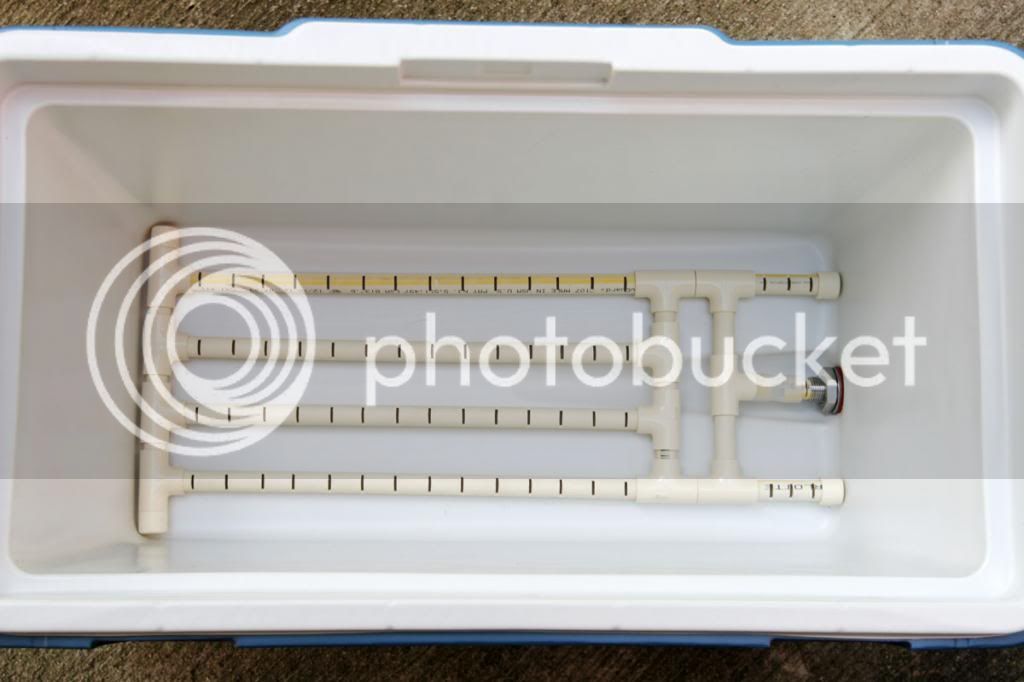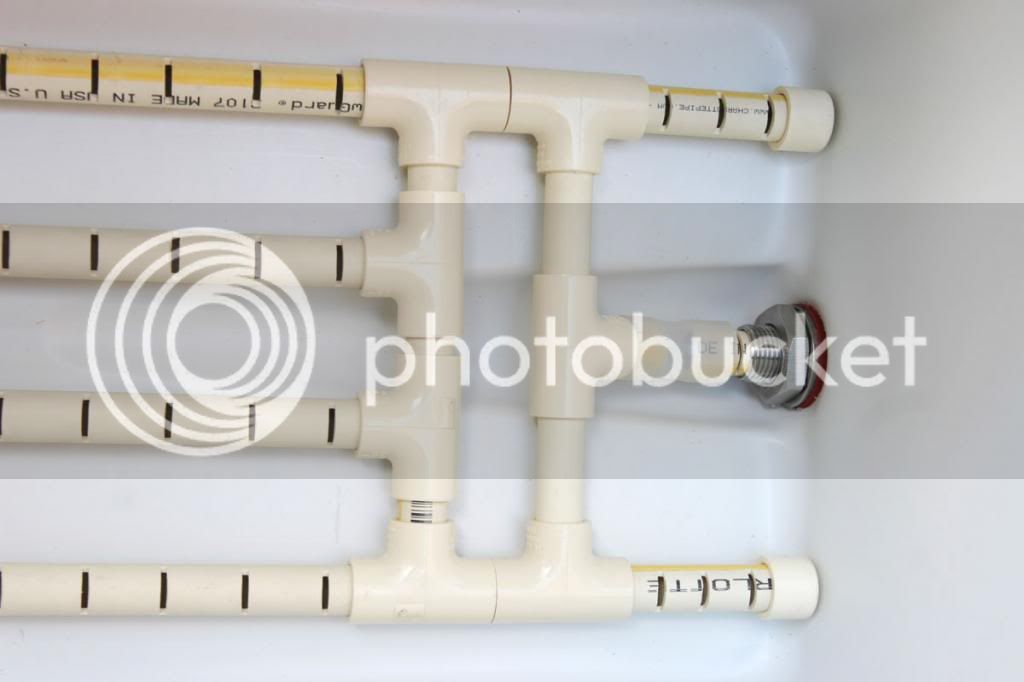Although BS' mash calculator works fine, when it comes to actually mashing in I use Brew365's mash calculator for volume and strike temp and that at 4°F higher than calculated due to loss of heat during "dough in" while the lid is off. It's right on the money that way. Funny you asked about aluminum, but I do cover the mash with thick aluminum foil.

Some people claim no sparge or single sparge works just as well as double sparge or fly sparging, but I haven't done those. It runs a bit against my scientific background and common extraction methods.
Wheat and rye kernels are small, so a tighter mill setting is definitely in place. Have you measured the gap? Caramels (and carapils!) are quite hard and need the right pressure to crack. Running through a wide gap twice still won't crush them properly. I use an old, regular credit card as a quick gauge. If it's tight but I can still remove it it is at 0.034" on 1.5" rollers (MM2). American Express' junk mail cards are around 0.028", good for wheat. Rye, buckwheat, triticale and other small kernel grains I like to mill even lower. Batch sparging is not that critical and fairly fine grist won't get you a stuck sparge or channeling like fly sparging does.
"Deco tigons" have longer contact time allowing the larger pieces to break down more. A finer grind works better though. If the wort and enzymes can't get to the center of the grain pieces, it can't break down the starch and extract sugar. Simple physics.
Try tinkering with finer milling and you're efficiency will go up. I read somewhere "set the mill so tight that it will scare you, then ease up a notch."










